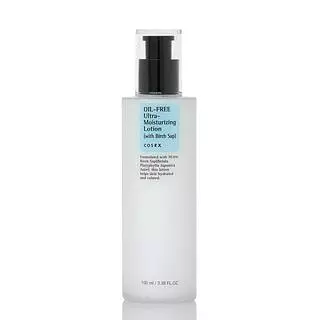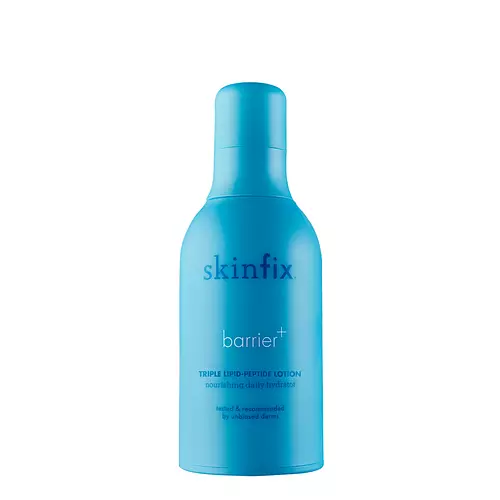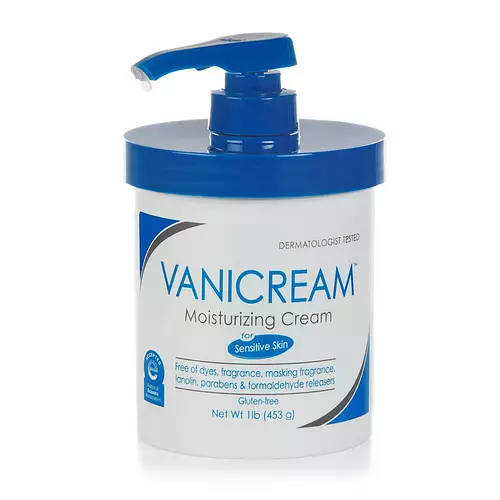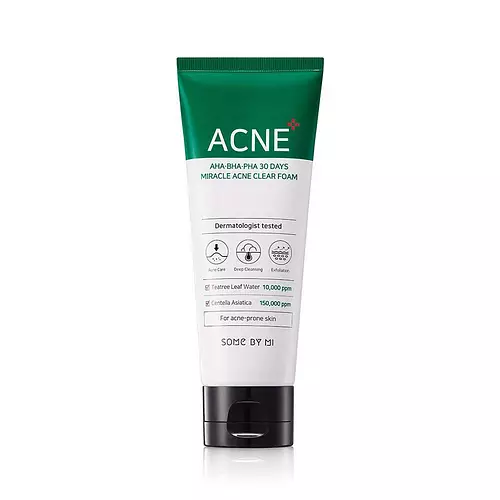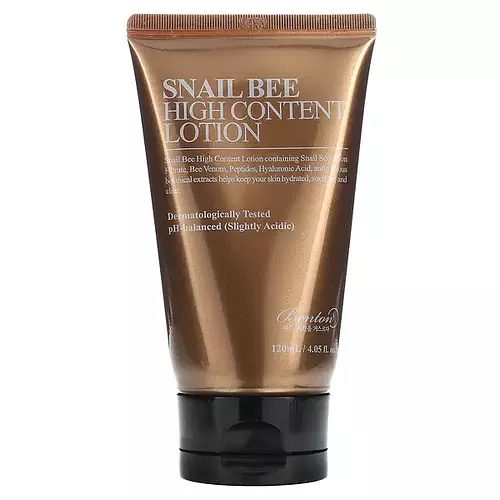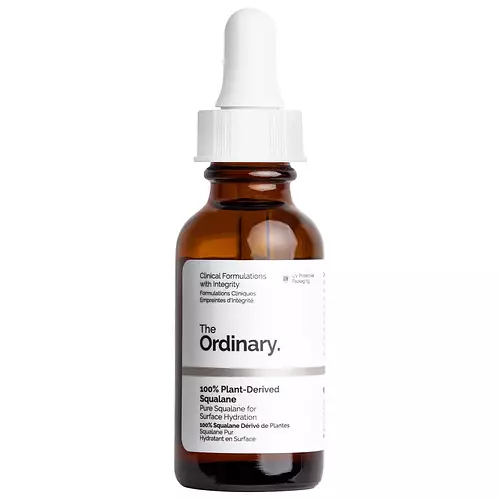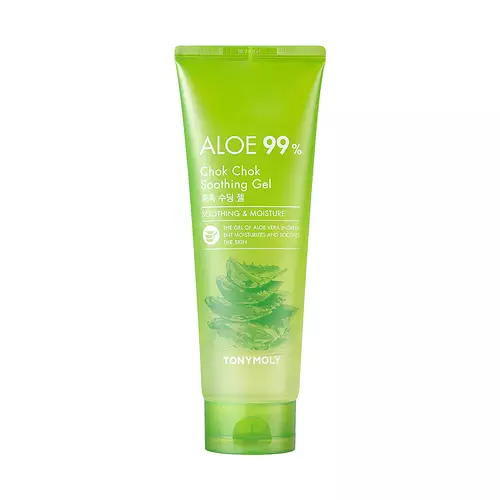COSRX Oil Free Ultra Moisturizing Lotion with Birch Sap Versus Skinfix Triple-Lipid Peptide Lotion
Updated on July 18, 2023
Overview
What they are
These products are both cruelty-free general moisturizers. They have a total of 5 ingredients in common
Cool Features
They both contain hyaluronic acid
Suited For
They're both likely to be good for dry skin, brightening skin, sensitive skin and scar healing
Free From
They both do not contain any harsh alcohols, common allergens, fragrances, parabens or sulfates
We independently verify ingredients, and our claims are backed by peer-reviewed research. Spot a product that needs an update? Let us know.
Ingredient Info
COSRX Oil Free Ultra Moisturizing Lotion with Birch Sap 19 ingredients
Skinfix Triple-Lipid Peptide Lotion 39 ingredients
At a glance
Click on any of the items below to learn more
COSRX Oil Free Ultra Moisturizing Lotion with Birch Sap 19 ingredients
Skinfix Triple-Lipid Peptide Lotion 39 ingredients
Benefits
This product contains 1 ingredient that may have this attribute:
This product contains 1 ingredient that may have this attribute:
Concerns
This product contains 1 ingredient that may have this attribute:
This product contains 1 ingredient that may have this attribute:
Notable Ingredients
This product contains 1 ingredient that may have this attribute:
This product contains 1 ingredient that may have this attribute:
This product contains 1 ingredient that may have this attribute:
Benefits
This product contains 5 ingredients that may have this attribute:
This product contains 1 ingredient that may have this attribute:
This product contains 1 ingredient that may have this attribute:
This product contains 1 ingredient that may have this attribute:
This product contains 2 ingredients that may have this attribute:
This product contains 1 ingredient that may have this attribute:
This product contains 2 ingredients that may have this attribute:
Concerns
This product contains 1 ingredient that may have this attribute:
This product contains 1 ingredient that may have this attribute:
This product contains 1 ingredient that may have this attribute:
Ingredients Side-by-side
Ingredients Explained
These ingredients are found in both products.
Ingredients higher up in an ingredient list are typically present in a larger amount.
Glycerin is already naturally found in your skin. It helps moisturize and protect your skin.
A study from 2016 found glycerin to be more effective as a humectant than AHAs and hyaluronic acid.
As a humectant, it helps the skin stay hydrated by pulling moisture to your skin. The low molecular weight of glycerin allows it to pull moisture into the deeper layers of your skin.
Hydrated skin improves your skin barrier; Your skin barrier helps protect against irritants and bacteria.
Glycerin has also been found to have antimicrobial and antiviral properties. Due to these properties, glycerin is often used in wound and burn treatments.
In cosmetics, glycerin is usually derived from plants such as soybean or palm. However, it can also be sourced from animals, such as tallow or animal fat.
This ingredient is organic, colorless, odorless, and non-toxic.
Glycerin is the name for this ingredient in American English. British English uses Glycerol/Glycerine.
Learn more about GlycerinEthylhexylglycerin (we can't pronounce this either) is commonly used as a preservative and skin softener. It is derived from glyceryl.
You might see Ethylhexylglycerin often paired with other preservatives such as phenoxyethanol. Ethylhexylglycerin has been found to increase the effectiveness of these other preservatives.
Xanthan gum is used as a stabilizer and thickener within cosmetic products. It helps give products a sticky, thick feeling - preventing them from being too runny.
On the technical side of things, xanthan gum is a polysaccharide - a combination consisting of multiple sugar molecules bonded together.
Xanthan gum is a pretty common and great ingredient. It is a natural, non-toxic, non-irritating ingredient that is also commonly used in food products.
Learn more about Xanthan GumSodium Hyaluronate is hyaluronic acid's salt form. It is commonly derived from the sodium salt of hyaluronic acid.
Like hyaluronic acid, it is great at holding water and acts as a humectant. This makes it a great skin hydrating ingredient.
Sodium Hyaluronate is naturally occurring in our bodies and is mostly found in eye fluid and joints.
These are some other common types of Hyaluronic Acid:
Learn more about Sodium HyaluronateWater. It's the most common cosmetic ingredient of all. You'll usually see it at the top of ingredient lists, meaning that it makes up the largest part of the product.
So why is it so popular? Water most often acts as a solvent - this means that it helps dissolve other ingredients into the formulation.
You'll also recognize water as that liquid we all need to stay alive. If you see this, drink a glass of water. Stay hydrated!
Learn more about WaterIngredient Ratings
Here's what our community thinks of the ingredients in these products.
When to use
COSRX Oil Free Ultra Moisturizing Lotion with Birch Sap 19 ingredients
Skinfix Triple-Lipid Peptide Lotion 39 ingredients

Reviews
Here's what our community thinks
COSRX Oil Free Ultra Moisturizing Lotion with Birch Sap 19 ingredients
CustardBunny
lasts forever
+ feels good on the skin
+not sticky or excessively fat
+ no smell
+ one little click is enough to last ur face and neck!
- can...
lasts forever
+ feels good on the skin
+not sticky or excessively fat
+ no smell
+ one little click is enough to last ur face and neck!
- can be expensive to buy
AlessandraRodriguez_228
GAVE ME A BREAKOUT
first product to ever be a direct cause for acne, i hope i get to pinpoin which ingridient was. When i stopped using this, the...
GAVE ME A BREAKOUT
first product to ever be a direct cause for acne, i hope i get to pinpoin which ingridient was. When i stopped using this, the acne went away too.
Skinfix Triple-Lipid Peptide Lotion 39 ingredients
RachelM_417
If you find the thicker version of this moisturizer breaks you out this one is also terrific and I find it lasts longer (probably because it’s...
If you find the thicker version of this moisturizer breaks you out this one is also terrific and I find it lasts longer (probably because it’s lighter, though I’m sure if you had to double up that wouldn’t be the case). It’s still unaffordable!
